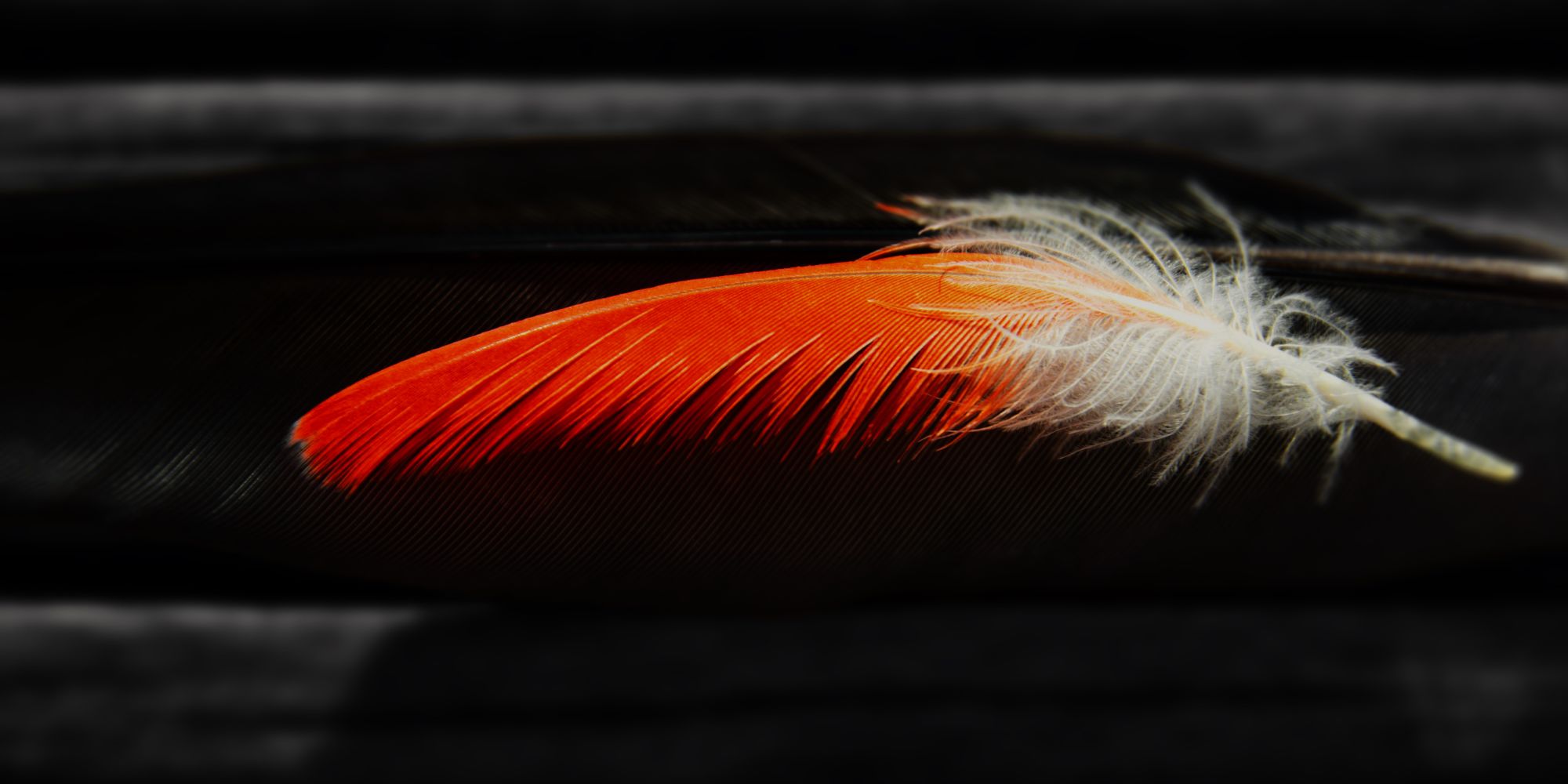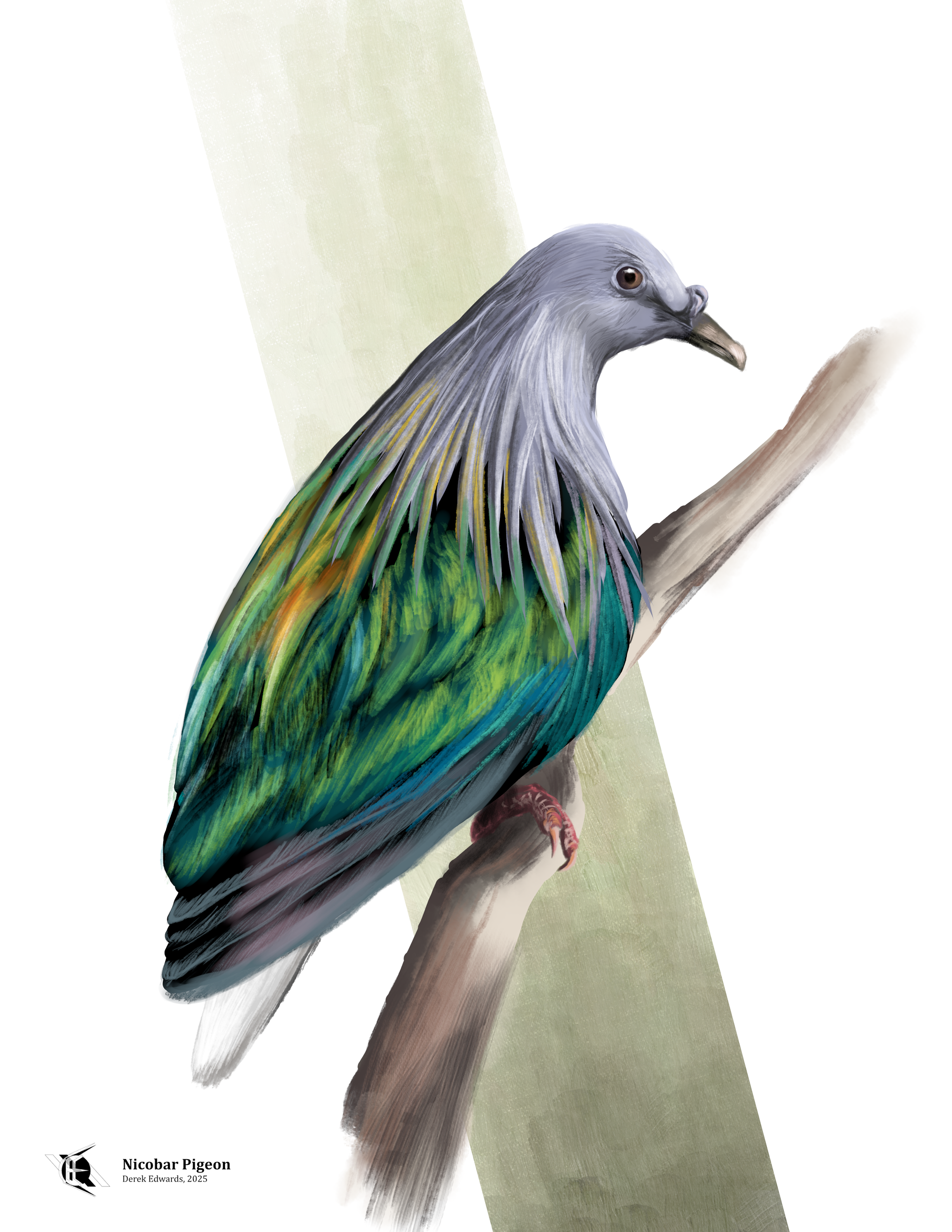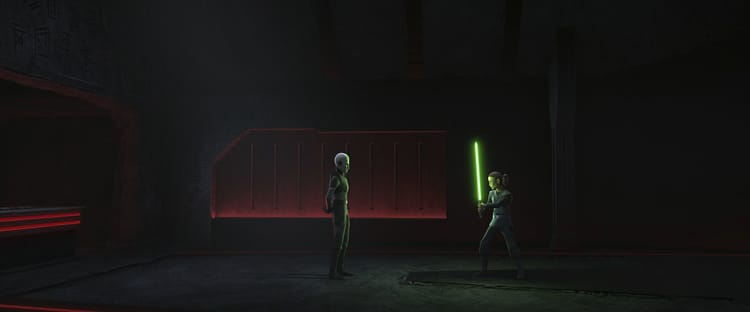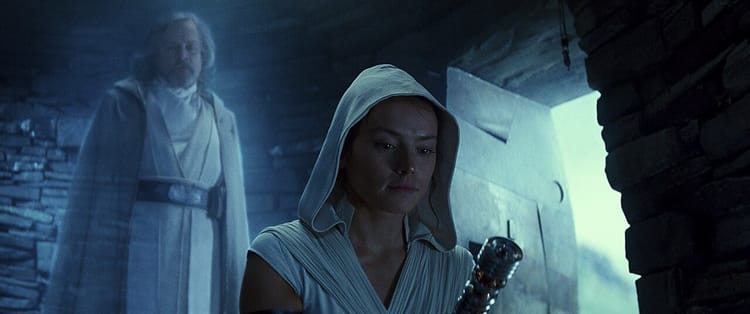
Running Commentary 8/18/2025
Hello,
Late summer is generally a dud birding season but I did get one remarkably sighting recently: I saw a flock of dozens of chimney swifts assembling near the Lansing baseball park. I don’t know if all the swifts in the city roost there every night or if they’re starting to gather up for migration, but it was the most swifts I’ve ever seen all at once.
Actually, I should draw a swift soon. Not this week, probably not this month, but soon.
Anyway...
Watching...

Paradise (Season 1)
It was recently announced that Disney+ and Hulu will be merging together by sometime next year; at present Hulu is a pretty cheap add-on to Disney+. Hulu is mostly known as the streaming home of a lot of broadcast TV shows, those from ABC, FOX, and FX especially, but it has a fair bit of original stuff as well. Paradise is one of their bigger recent original offerings, a show that they actually broadcast on ABC as a promotion for the service. It got some attention, but it seems to be disappearing for the public consciousness. Which is a shame. Here are my notes:
- Paradise is a locked-room murder mystery political thriller starring Sterling K. Brown as a secret service agent working to uncover the truth. And it's quite a good TV show. That's as much as I feel like I can say about this show without spoiling the viewing experience. Each of the first season's eight episodes ends with some sort of surprise, including the first, which concludes with a reveal that sets up the premise of the series. What I will say about the end—without saying anything specific—is that the conclusion to the mystery pays off well. Season 1 wraps up the plot established in the premiere, while leaving other threads that pop up throughout the season to lead into Season 2.
- Actually I can also say without spoilers that I liked the music in this show. Siddhartha Khosla’ s theme tends to repeat a lot throughout the show, but it's a pretty tune and it's versatile enough to be adapted to the mood of a given scene. Pres. Bradford's love of '80s music is a plot point that opens for the use of a lot of '80s covers on the soundtrack. There mostly were spot-on uses, but the Tomee Proffitt cover of "Edge of the Tiger" at the end of the fifth episode was so good there that I was shocked to find it hadn't been arranged specifically for Paradise.
Spoilers
- There's a lot of JFK in President Bradford: young for a president, assassinated by a lone wolf, but speculated to have been killed in a cover-up, philanderer, pushed into politics by his wealthy father, faced with the outbreak of nuclear war, a bit of a figurehead. It's not as if the character is simply JFK—Bradford is an original person for the show—but I think JFK was the main real-world inspiration.
- The conspiracy on Sinatra's part to conceal that there were survivors up on the surface is partially resolved; the truth gets out to the people of Paradise, but any response or follow-up to avoid outsiders is left for Season 2. The fact that the conspiracy wasn't actually the motive for Bradford's murder might make it seem disjointed, but there were multiple tangential factors connecting the conspiracy and the murder, such that uncovering the former was key to solving the latter. This is, more so than anything, a twisty show, and it's able to eat its cake and still have it by having Sinatra as the villain but then also having a surprise reveal of the killer. It's a well-crafted red herring.
- Sinatra serves as a character embodying the American concern that our elected officials aren't really the people in charge of our government. The fact that she's a former tech executive makes me think she might be largely inspired by Elon Musk, who was considered the mastermind behind the second Trump administration when this show was being written—although that theory hadn't really panned out by the time the show was released. But it's a recurring idea in American political thought that the modern president serves as a sort of mascot, rubber stamping their advisors’ agenda after they are elected based more on relatability and charisma than on policy. The JFK parallel in Bradford continues in that he is thought to have been killed by his handlers after rebelling and trying to actually perform executive duties himself. The notion lends itself to false conspiratorial thinking in real life and in the show, but as the government has become even more involved in precise specifics of American life, the ability of elected leaders to comprehend the problems they are tasked with solving has diminished. Peacock shows the logical endpoint of this: a society fully managed by the government, which in turn outsources its power to SMEs.
- Sinatra's fate at the end of the show leaves an enticing door open for the second season, but it also illustrates the perennial lesson that visionaries who push toward violent times to accelerate change often meet violent ends themselves.

Bird of the Week
Amongst other birds were those unkindly men in the Indies called “dodaerssen.” They were longer than geese but not able to fly; instead of wings they had small flops, but they could run very fast. One of us would chase them so that they ran towards the other party, who then grabbed them.
So wrote the Dutch sailor Volkert Evertsz, a survivor of the shipwreck of the Arnhem in 1662, of the birds he and his stranded shipmates found on an island near Mauritius in the southwestern Indian Ocean. For the three months the sailors spent awaiting rescue, they survived by hunting the birds—the last-confirmed living specimens of the dodo.1 Now included among the likes of the great auk and the passenger pigeon as one of the most renowned extinct birds in history, the dodo was a large, flightless, heavy-beaked bird native to Mauritius, originally a forested island unfrequented by people. The Dutch claimed and named Mauritius in 1598, and soon after they cut down the ebony trees and replaced them with tobacco and sugarcane plantations. Over the course of the 17th century, the dodo—along with much of Mauritius’s other endemic wildlife—was steadily crowded out and killed off. Today, something dying out, becoming a relic of the past, is said to be “going the way of the dodo.”
The dodo was not entirely unique in the world; about as far west of Mauritius as Mauritius is east of Madagascar, the island of Rodriguez was home to a close relative—a bird called the solitaire—but this bird too went extinct, shortly after the dodo was.2 Scientists had relatively limited exposure to dodos while the species was extant, and as far as I can find, none made study of them in the field. The primary concern among naturalists in this time was physical description and classification; what, broadly, a dodo was seemed something of a mystery. Perhaps it was something like a swan or goose, as that was the bird it was most often compared to by sailors. Then again, its heavy beak was like that of a griffon vulture, so perhaps the dodo too was some sort of vulture. Eventually it was agreed—and later confirmed by DNA analysis—that the dodo and the solitaire were, in fact, enormous land-bound pigeons. Their closest living relative is the bird I’ve drawn for you today: the Nicobar Pigeon.
The Nicobar pigeon certainly looks little like a dodo. It does look like a pigeon, in a broad sense, in the same way that a Mandarin duck is clearly a duck. Its mantle of long, striated hackle-feathers is unique among pigeons. It’s not a particularly close relative of the dodo, which belonged to a now-extinct subfamily; the Nicobar pigeon is much more closely related to typical pigeons. It is also unlike the dodo in that it is found across a relatively wide range, inhabiting forested stands in Southeast Asia from the Andaman and Nicobar Islands in the west to the Solomon Islands east of New Guinea. It has been hunted for millennia, both for food and for its gizzard stones, which it swallows to “chew” food with. Many birds will utilize swallowed stones, but the Nicobar pigeon’s in particular are prized for use in jewelry.3 Hunting, even including illegal poaching, is not as serious a threat to the species’ decline as are offshore island plantations, which destroy its habitat—just as happened to Mauritius and the dodo.4 A substantial captive population of Nicobar pigeons exist in the world’s zoos, including one I got to see at the Detroit Zoo. This and the species’ wide range mean it’s unlikely that the Nicobar pigeon will go the way of the dodo, but it does seem to be going the way of many other birds—pushed toward a reduced presence in the world.

To science, the Nicobar pigeon is Caloenas nicobarica. The genus name is Greek for “beautiful dove,” which it certainly is. The species name simply means “of Nicobar.”5 The Nicobar Islands sit near the opening of the Bay of Bengal into the Indian Ocean, and this name comes from the Tamil “Nakka varam,” meaning “land of the naked,” a reference to the scant clothing worn by the people native to the archipelago.6 It is fitting that the name has come to be attached to this most splendidly robed pigeon.
- Cheke, Anthony. “The Dodo’s Last Island – Where Did Volkert Evertsz Meet the Last Wild Dodos?” Proceedings of the Royal Society of Arts and Sciences of Mauritius Vol. VII, January 1, 2004. https://www.researchgate.net/publication/288838742_The_Dodo's_last_island_-_where_did_Volkert_Evertsz_meet_the_last_wild_Dodos.
- “Pezophaps Solitaria (Rodrigues Solitaire) | IUCN Red List of Threatened Species (Staging),” n.d. https://apistaging.iucnredlist.org/species/22690062/261927718.
- Mistry, Sonal & Olivia Beavers. “Going ‘Extinct’ for Jewellery.” NatSCA blog, August 5, 2024. https://natsca.blog/2024/07/18/going-extinct-for-jewellery/.
- “Caloenas Nicobarica (Nicobar Pigeon) | IUCN Red List of Threatened Species (Staging),” n.d. https://apistaging.iucnredlist.org/en/species/22690974/178136167.
- Jobling, J. A. (editor). The Key to Scientific Names in Birds of the World (S. M. Billerman et al. editors), Cornell Laboratory of Ornithology, Ithaca.
- Mishra, Rahul Kumar, Prajjval Pratap Singh, Niraj Rai, Shailesh Desai, Pratik Pandey, Sachin Kr. Tiwary, Rakesh Tamang, et al. “Reconstructing the Population History of the Nicobarese.” European Journal of Human Genetics, December 5, 2024. https://doi.org/10.1038/s41431-024-01720-w.
Curation Links
A Wetted Beak: Engravings from Pauline Knip’s Les Pigeons | Natalie Lawrence, The Public Domain Review
A look at a nineteenth-century book of Columbids — including the Nicobar pigeon — by the French artist Pauline Knip (and by the naturalist Coenraad Temminck - more about that in Lawrence’s introduction).
A Summer Law Intern Bit a Co-Worker. Then She Bit Several More | Suzanne Lucas, Inc.
"The bizarre story of a colleague-chomping intern who was just fired from a prestigious law firm raises questions. The first is, 'Why didn't her first nibble didn't result in a swift intervention from HR?' A summer associate allegedly bit five coworkers before anyone took action. The ADA doesn't protect biters or any other bad behavior that injures coworkers"
The Best for the Most for the Least | Sarah Cowan, The Paris Review
Charles and Ray Eames are now most remembered for their furniture, but they were active in all sorts of industrial design, including promotional film, as this piece explores.
An Ogre Looks Into the Future | Stephen Tuttle, Necessary Fiction
[FICTION] “He’s twenty feet tall, easy. People say ogres don’t grow that tall, but people don’t know. He also wears glasses and calls them spectacles like he’s forgotten what century it is. His house is a converted silo next to an abandoned barn on a former cattle ranch. The cattle are long gone and were delicious. When the ogre sleeps, he sleeps the only way he knows how: sitting up. Did you know, he likes to say, that people once believed lying down was only for the dead?”
See the full archive of curations on Notion






Member Commentary